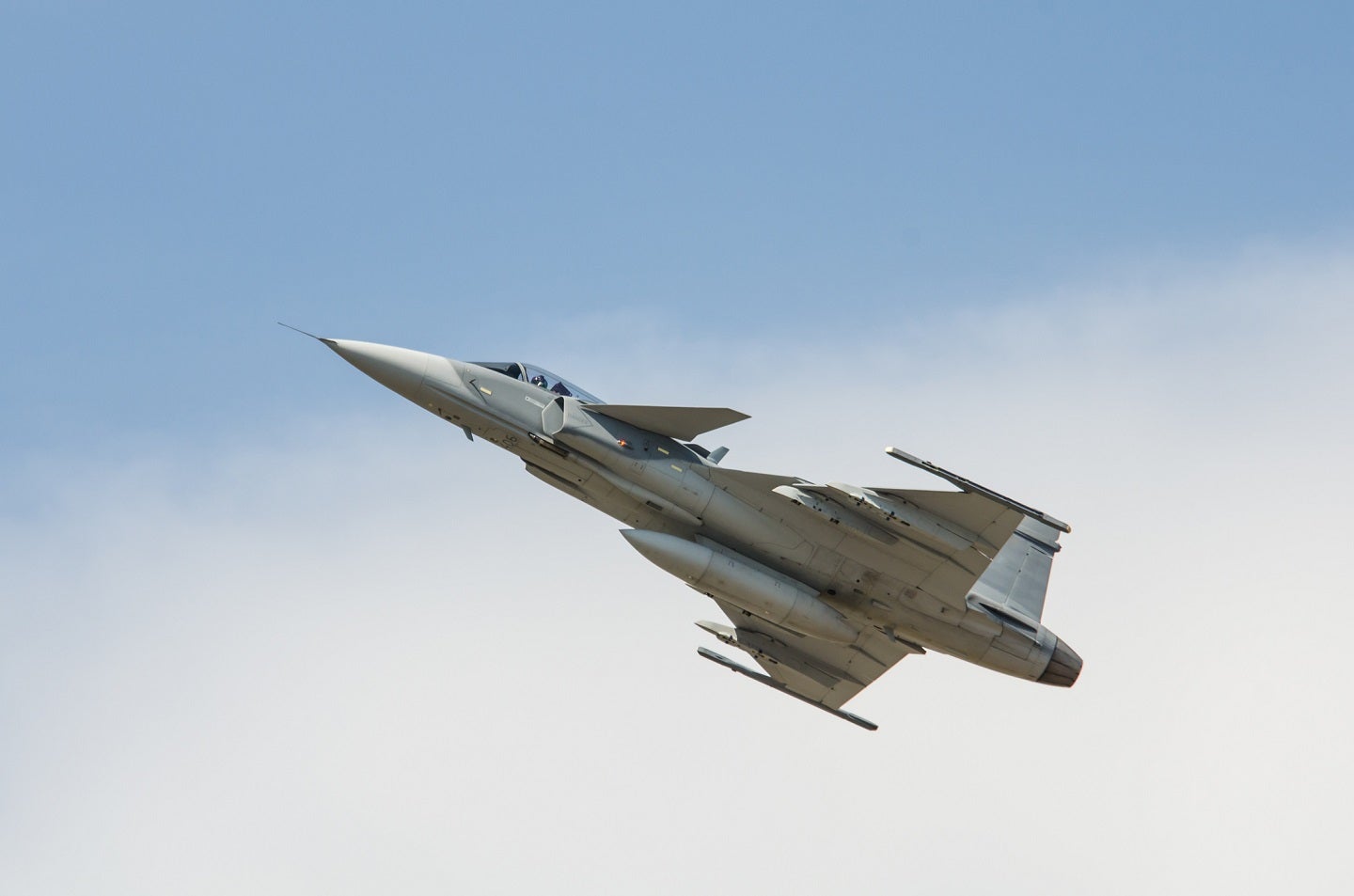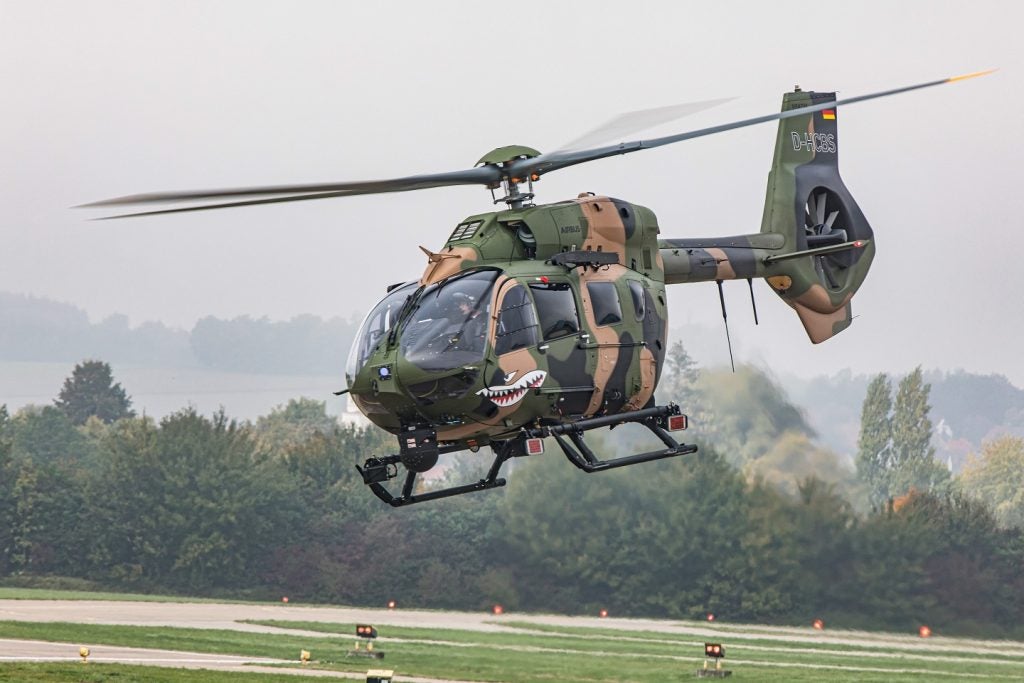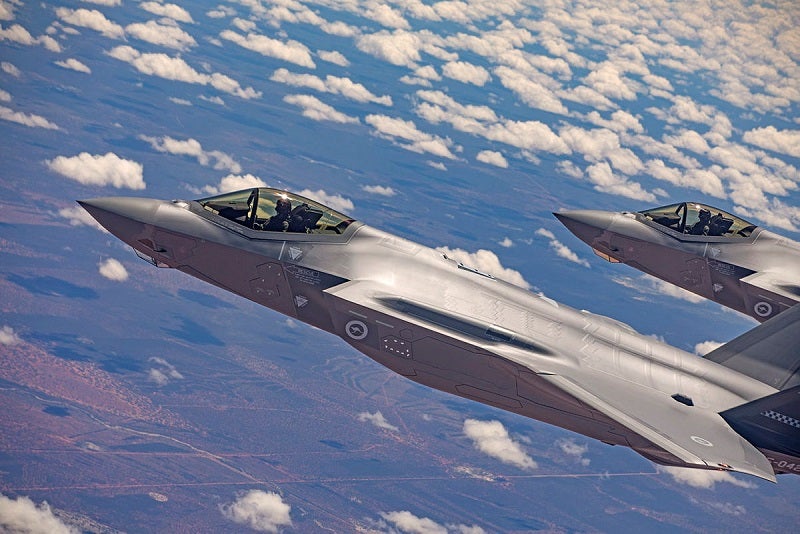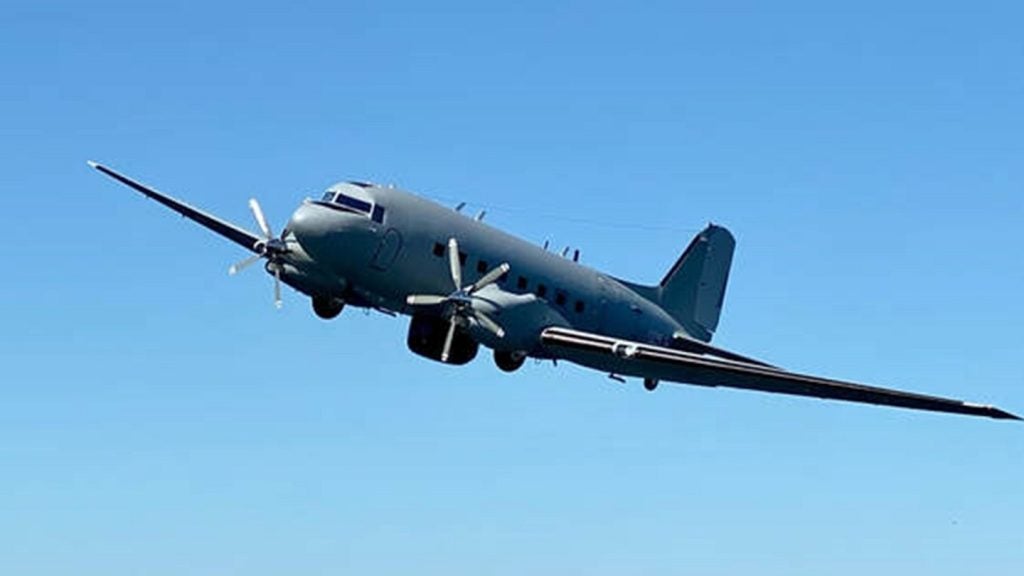
Denmark, Finland, Norway, and Sweden have signed the first Nordic Air Commander’s Intent (NACI), “aiming for the ability to operate seamlessly together as one force,” according to joint statement issued recently. However, this enterprise is less an institutional merge as it is a way to interoperate more closely than ever before.
The NACI was signed on 16 March by leading officials in the four air forces: Danish Major General Jan Dam, Finnish Maj. Gen. Juha-Pekka Keränen, Swedish Maj. Gen. Jonas Wikman and Norwegian Maj. Gen. Rolf Folland, in the presence of General James B. Hecker, Commander of NATO’s Air Command in Ramstein, Germany, with the NACI being announced on 23 March.
On NATO’s northern flank, Scandinavian interoperability is a critical theatre in which to strengthen combined efforts against Russian territorial ambitions in the wake of the war in Ukraine. Coordinated, compatible and combined military operations are believed to be the best way to deter the growing threat of territorial encroachment.
As Danish, Finnish and Norwegian fleets either employ or plan to field Lockheed Martin’s fifth-generation F-35A stealth fighter jet – with the three nations registering a combined compound annual growth rate (CAGR) of 33.19% in spending on their F-35A fleets over the next three years according to GlobalData’s forecast – Sweden remains the outlier.
One line of effort that commanders say they will pursue is their delivery of “a common air education, training and exercises”. The fact that Sweden does not use the F-35A may throw a spanner in the works as their individually operating air force seek to standardise its aerial training.
Sweden isolates itself
The Swedish Air Force has been using the JAS 39E Gripen multi-role fighter aircraft manufactured by the Swedish aerospace and defence company Saab AB. With the company providing models A to F, Sweden uses models C, D and E.
How well do you really know your competitors?
Access the most comprehensive Company Profiles on the market, powered by GlobalData. Save hours of research. Gain competitive edge.

Thank you!
Your download email will arrive shortly
Not ready to buy yet? Download a free sample
We are confident about the unique quality of our Company Profiles. However, we want you to make the most beneficial decision for your business, so we offer a free sample that you can download by submitting the below form
By GlobalDataThe country is expected to register an increased CAGR of 15.1% between 2023-33, spending $254m in 2023, rising to just over $1bn in 2033 on the Gripen E aircraft alone. This increase in expenditure signals an expanded Saab programme, indicating no sign that the Swedish Air Force will convert to the Joint Strike Fighter Programme.
Moreover, the Swedish military also plans to invest in its own indigenised fifth-generation low-observable fighter jet: the Flygsystem 2000. GlobalData forecast spending to rise from $160m in 2025 to $270m by 2033. This programme affirms the Swedish reluctance to procure any F-35 aircraft at all, at least in the next ten years as their priorities are dedicated to Gripen expansion and the development of the Flygsystem 2000.
Nordic Interoperability
The four air forces assert that they will utilise the exercise series Nordic Response and Arctic Challenge Exercise as milestones for their common effort.
“Moving into the future, we will strengthen our trans-Atlantic bonds, continue the momentum for the ongoing integration and cooperation process, prepare for the conduct of Multi-Domain Operations and determine and decide on viable long-term solutions to enable our common goals,” their joint release states.
Building on this intent, the combined force will need to bring Sweden into the fold in some way. The promising news is the later Gripen models are fully NATO interoperable, meaning the Gripen E will not be so much of an issue as the earlier C and D models, which remain an issue for interoperable exercises.






